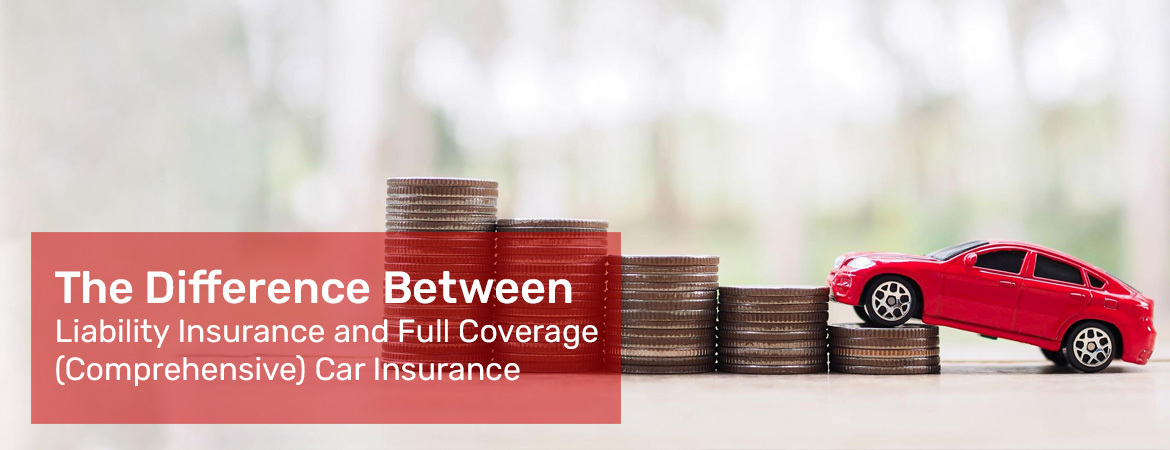Confused about liability vs. full coverage car insurance? Learn the key differences—what’s required by law, what’s optional, and how each protects you on the road.
Liability vs. Full Coverage: Why It Matters
When it comes to car insurance, one of the most common questions drivers ask is: “What’s the difference between liability insurance and full coverage?”
While both provide protection, they serve very different purposes. Understanding the distinction helps you choose the right coverage for your needs.
1. Legal Requirement vs. Optional Protection
- Liability Insurance: Required by law in most states. You cannot drive legally without it.
- Full Coverage (Comprehensive/Collision): Optional, but strongly recommended if you want to protect your own vehicle.
2. Who and What Is Covered
- Liability Insurance: Covers damages or injuries you cause to others in an accident.
- Full Coverage: Protects your own vehicle as well, including damage from accidents, theft, fire, or natural disasters.
3. Scope of Protection
Liability insurance only pays for the other driver’s costs when you are at fault.
Full coverage provides a wider safety net, including repairs or replacement of your own car.
4. Cost Differences
Liability insurance is generally cheaper because it covers less.
Full coverage has higher premiums but saves you from paying out-of-pocket for expensive repairs or total loss of your vehicle.
5. Additional Benefits
Full coverage often comes with extra features like roadside assistance, rental car reimbursement, or glass repair, which are not included in liability-only policies.
The Bottom Line
- Liability insurance keeps you legal on the road.
- Full coverage protects both your car and your finances from a wide range of risks.
Key Takeaway: For complete peace of mind, many drivers choose to carry both—meeting legal requirements while ensuring their vehicle is fully protected.


